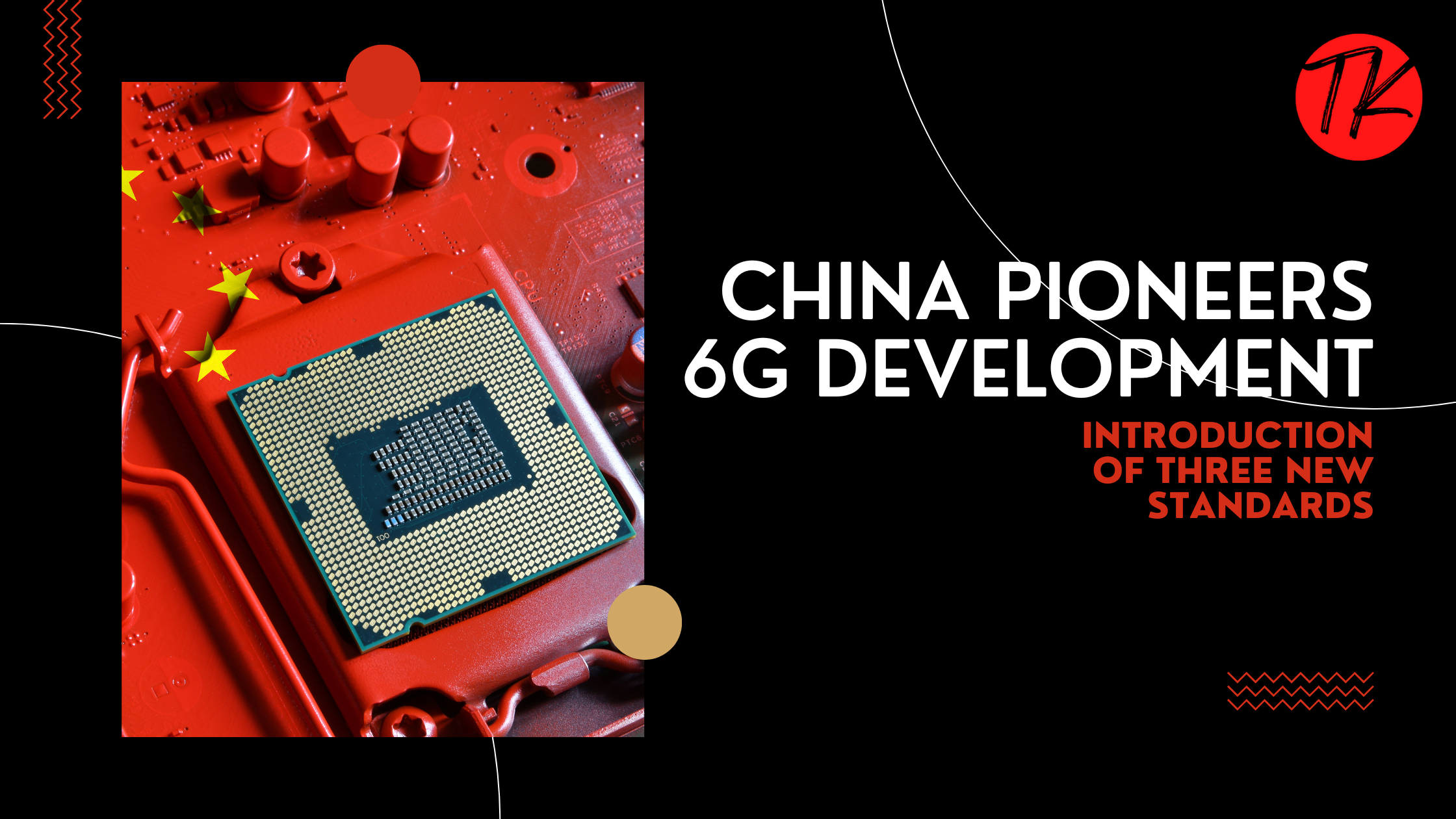The world of telecommunications is buzzing with excitement. Recently, China introduced three new standards for 6G technology under the International Telecommunication Union (ITU), signaling its intent to lead the next wave of global technological advancement. This move not only reinforces China’s position as a global technology leader but also lays the groundwork for the future of ultra-fast, seamless, and intelligent connectivity.
Table of Contents
The Transition: A New Frontier
While 5G networks are still being rolled out across the globe, 6G is emerging as the next frontier of innovation. Where 5G brought faster speeds and reduced latency, 6G is expected to revolutionize how we interact with technology entirely. With anticipated data speeds up to 100 times faster than 5G and the integration of cutting-edge AI and machine learning capabilities, 6G aims to enable:
- Hyper-connected smart cities with real-time data sharing.
- Advanced healthcare technologies, including remote surgeries and AI diagnostics.
- Immersive virtual and augmented reality experiences, bridging the physical and digital worlds.
- Autonomous transportation systems that are safer and more efficient.
China’s new standards are a critical step toward realizing these possibilities by establishing a global framework for 6G’s technical and operational capabilities.
Read More:
Who is Han Zheng?
China’s Bold Move: The Introduction of Three Standards
The three new 6G standards introduced by China under ITU’s guidance focus on establishing protocols for network architecture, spectrum usage, and interoperability. These standards are designed to:
- Define Network Architecture: A blueprint for how devices, infrastructure, and applications will seamlessly integrate.
- Optimize Spectrum Efficiency: Efficient use of the radio spectrum to support high-speed, low-latency communication.
- Ensure Global Interoperability: Standards that enable devices and networks worldwide to work harmoniously.
By addressing these core areas, China is setting the stage for a cohesive and universally accepted approach to 6G, ensuring the technology is scalable and adaptable to various industries and regions.
Implications for the Global Market
China’s proactive approach to defining 6G standards is poised to have far-reaching implications for the global technology landscape:
- Leadership in Innovation: As an early mover in 6G, China positions itself as a key player in defining how the technology evolves, influencing its adoption and deployment worldwide.
- Economic Growth: The development of 6G infrastructure is expected to generate trillions of dollars in economic value, creating opportunities for businesses, startups, and governments alike.
- Global Collaboration: These standards provide a foundation for international cooperation, enabling countries to work together on research, development, and implementation.
However, this move also poses challenges for other nations that may struggle to keep pace with China’s advancements, potentially intensifying competition in the global telecom industry.
Challenges Ahead
While the introduction of 6G standards is a groundbreaking achievement, several challenges remain:
- Technical Feasibility: Developing infrastructure that can handle it’s immense data demands.
- Regulatory Approvals: Aligning international regulations to support global adoption.
- Cybersecurity: Ensuring robust security measures to protect against evolving threats in a hyper-connected world.
Overcoming these challenges will require concerted efforts from governments, industries, and academia worldwide.
What’s Next?
China’s move to introduce 6G standards marks the beginning of a new era in telecommunications. The coming years will likely see:
- Accelerated Research and Development: Increased investments in this technologies from both public and private sectors.
- Pilot Programs: Implementation of it’s testbeds to refine and validate the technology.
- Global Standardization: Collaboration through forums like the ITU to ensure a unified approach to it’s deployment.
Conclusion
China’s introduction of three 6G standards under ITU’s framework is a bold and visionary step that underscores its commitment to technological leadership. As the world stands on the brink of a 6G revolution, this milestone serves as a clarion call for global cooperation and innovation. With its immense potential to transform industries, economies, and societies, 6G promises to unlock a future of unprecedented possibilities.
The race for 6G has begun, and China has taken the lead. The question remains: how will the rest of the world respond?
Learn More:
Amazon S3










